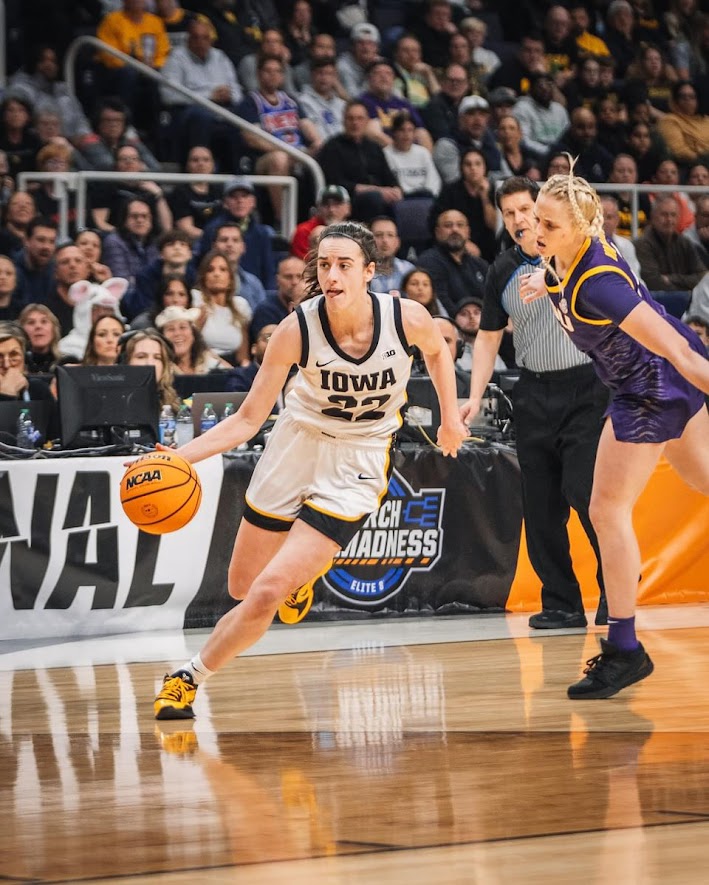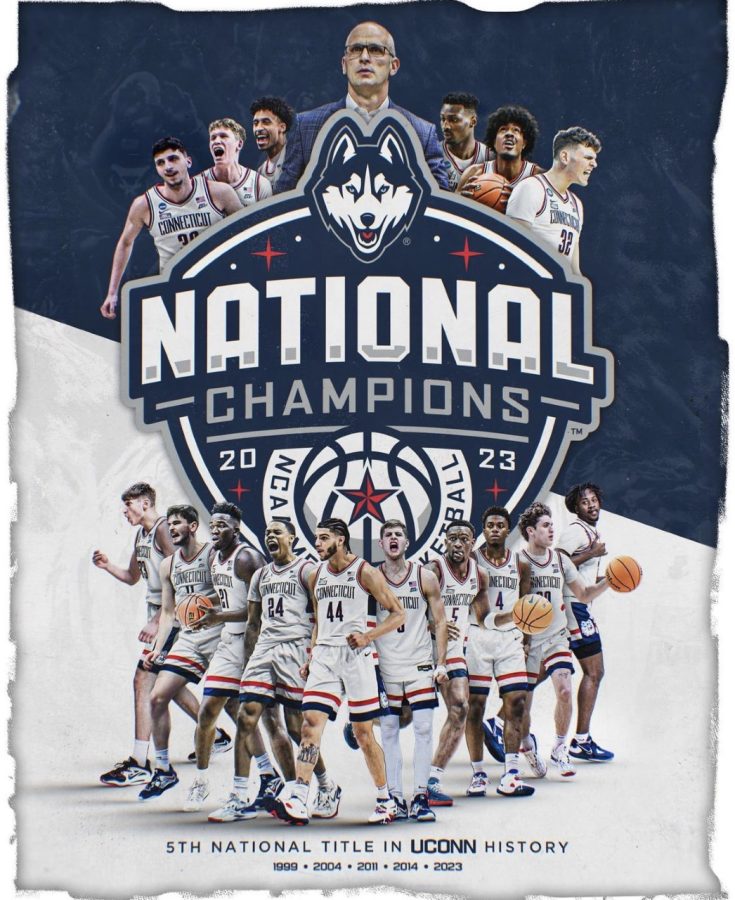At the beginning of each NHL season, each team’s management must decide what
they’re going to do about their rookies still playing on an entry-level contract.
The ELC is a two-way contract, meaning the player is not guaranteed to stick with their
NHL team for the whole season, with a time limit based on the player’s age at the date of
their signing. When a player is signed right out of the entry draft, their contract length is
three years.
Something known as the entry level slide gives teams more leverage on their rookies. An
18 or 19 year old player’s contract has an extension, of sorts, built into it. If, in one
season, a player on an ELC plays less than ten NHL games, his contract extends one
year.
Where do the contracted players go when their contracts slide? The simple answer is
back to where they came from, but it can get a lot more complicated than just that.
In the season immediately following a player’s draft year, it’s likely they won’t stay up in
the NHL. They may get in a game or two, but ultimately, they’ll go back to their junior
team. The junior teams are typically part of three leagues (Western Hockey League,
Ontario Hockey League, Quebec Major-Junior Hockey League) that operate under the
Canadian Hockey League. To play in the CHL, a player must be between the ages of 16
and 20.
Put into context, all of this contract speak is a little easier to understand.
The top five drafted players in 2015 were as follows: Connor McDavid (Edmonton
Oilers), Jack Eichel (Buffalo Sabres), Dylan Strome (Arizona Coyotes), Mitch Marner
(Toronto Maple Leafs) and Noah Hanifin (Carolina Hurricanes).
Of those five, three of them (McDavid, Eichel and Hanifin) passed the 10 game mark
and played full seasons. The other two (Strome and Marner) did not play an NHL game
in the 2015-2016 season.
As OHL players, sending Strome and Marner back to the teams they came from, the Erie
Otters and London Knights, respectively, was simple. The two-way ELC allows for that
kind of movement, and only that kind of movement. There’s no possible way for a player
under the age of 20 to be sent down to an NHL team’s AHL affiliate, because of an
agreement the NHL and CHL have.
This is where the problem lies.
In a player’s first season post-draft, it’s likely they won’t play an NHL game at all. They’ll
attend prospect development camp and training camp, but before the final rosters at
camp are set, they’ll be sent back to their junior team. The next season is usually when
they’re expected to start cracking the rosters – here is where the slide becomes very
important.
As Marner and Strome were both drafted very high but failed to play an NHL game in
their draft year, all eyes were on them to see what would happen this season. For Lou
Lamoriello, Mike Babcock and the Toronto Maple Leafs, the decision didn’t seem to
loom over them after camps were finished: Marner was going to stay up and become a
member of the team beyond ten games. It didn’t make sense to send him back to a team
in a league where he had, quite literally, won everything he could possibly win. He
breezed through the ten-game mark and is consistently a good player for Toronto.
John Chayka, Dave Tippett and the Arizona Coyotes haven’t been in the same situation.
Arizona has depth down the center. Strome, who plays center, is essentially a spare part
for the team because of how loaded the team’s group of centers are. Christian Dvorak, a
center drafted in 2013, is also a spare part at this point, and has already been moved
twice – he started in the NHL, was sent down to the AHL, back up to the NHL and is
now down in the AHL once again.
Strome not making the lineup in majority of Arizona’s games so far is surprising. In the
OHL last season, Strome had 111 points in 56 games. The season prior, a 6-point effort
on the last night of the season helped him clinch a scoring title, with 129 points. If he
had only scored 3 or less points, the scoring title would have gone to Marner, Strome’s
enemy turned best friend. A player with numbers like these seems like a sure shot for
the NHL, right?
It’s a lot more complicated than that.
Coaches want Strome to gain experience, but he isn’t getting any of that in a press box.
Practicing with the Coyotes will give him the experience of playing with actual NHL-ers,
even if they are the same guys every day, but he’ll never get used to the grind of an 82-
game NHL schedule if he isn’t fully in it. An OHL schedule just can’t compare. An AHL
one would, though.
On November 20, over a month into the NHL season, Strome was sent back down to the
Erie Otters. It seemed like he’d completely outgrown the OHL, but he’s there now, at
least until World Junior Championships, and probably beyond that. With a 20 th birthday
as late as his, his AHL eligibility wouldn’t kick in until March, and the entire season as
flown by then.
ELCs are good, to an extent, but it’s time the needs of the players are factored in as
much as the needs and wants of the teams and higher-ups. The agreement between the
CHL and NHL needs to be reassessed to prevent “overbaking” prospects. Give an AHL
option in place of a third, or even fourth, year playing on a junior team. Some prospects
have to develop in a more hands-on way. The AHL would provide the professional
experience NHL teams are looking for in their young prospects, and development-wise
they’re working with staff from the parent team.
For now, Strome will play in Erie. It’s still unclear how much he’ll get out of his third
season there, but he’s already on his way to breaking some team records. A different
contract situation could have avoided this situation for Strome entirely.











